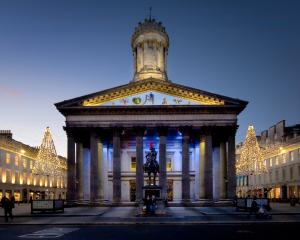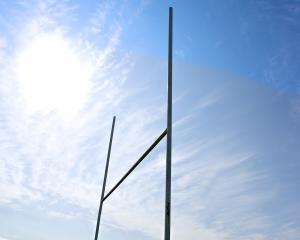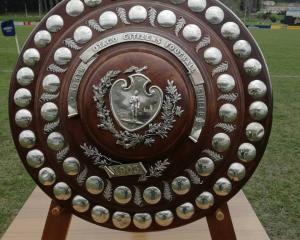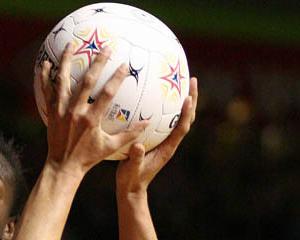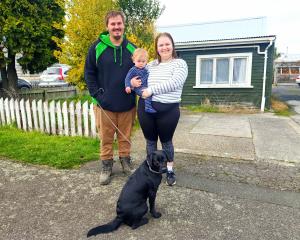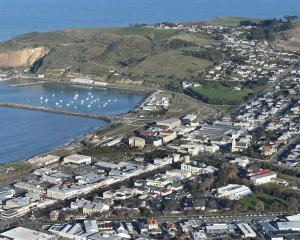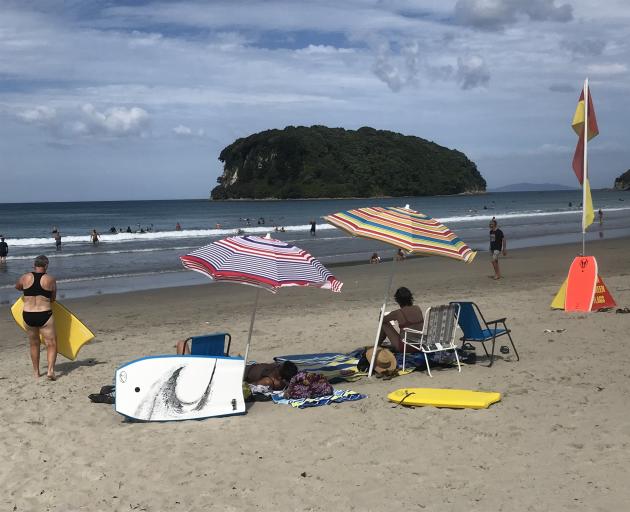
The Coromandel tourism slogan is "Where Kiwis holiday" and the surfing Santa signs in Whangamata over summer indicate one of the attractions of the seaside town.
For those who don’t surf, there is safe swimming and boarding, thanks to lifeguards on duty, blobbing out on the sand to add another layer of tan or walking to the New Zealand dotterel sanctuary at the southern end of the beach.
Not being known to tan, I slipped on a top, slapped on sunblock and ambled 1km or so on silky sand to check out the dotterels.
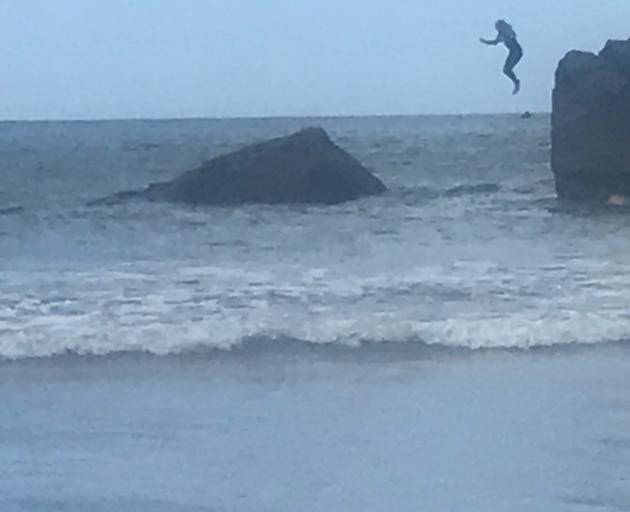
At the sanctuary, I spotted four dotterels, one of our rarest shore birds with a population now only about 2500. Last year, seven chicks survived at Whangamata, a disappointing result despite a good breeding season nationally.
On the Coromandel, volunteer dotterel watchers monitor the birds from August to March and play an important role in their survival, through activities such as predator trapping and public education.
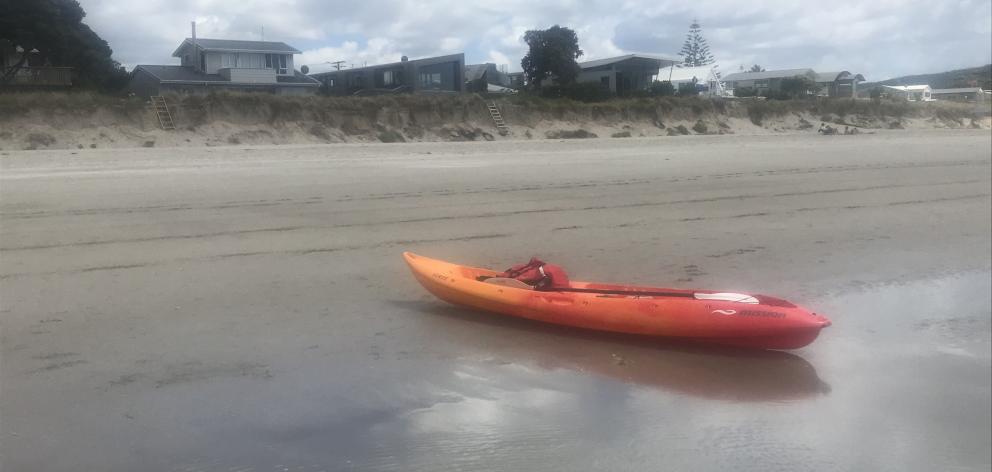
Another protection measure, this one for the sand dunes, is a series of ladder-like access steps all along the dunes.
At the northern end of the beach is a marina, opened in 2009, which offers sheltered berths within Whangamata Harbour and is a handy stopover for fishermen and divers on their way to Tuhua (Mayor Island).
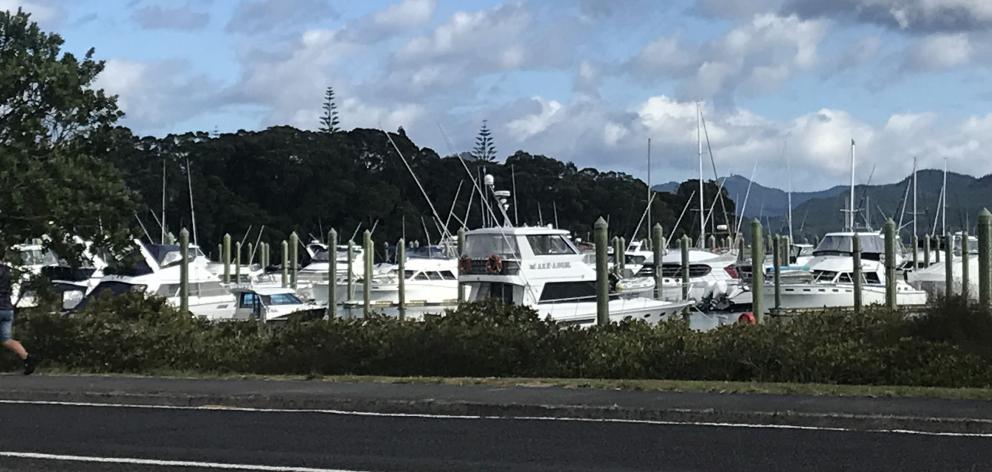
For visitors who enjoy walking or cycling, there are good paths around the area, especially those in the nearby bush.
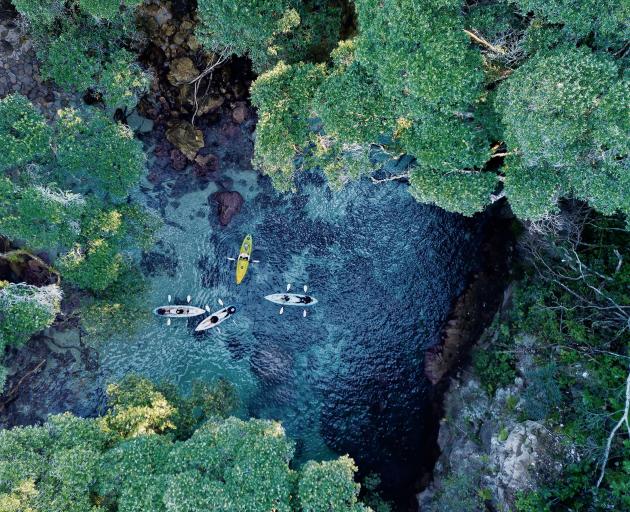
The most famous was Humphrey, a grumpy old man who first came in August 1985, spent a few days of R & R, then departed. He must have liked the place because he returned the following year to play at the local golf course and swim in the nearby river.
Humphrey was probably on vacation from the sub-Antarctic islands, as he was a sea elephant, an old male whose third sojourn on the Coromandel was a little further north, at an Opoutere dairy farm. Maybe he thought they did B & Bs for 4m-long chaps who weighed in at some 3600kg. In the event, his accommodation was a drain, from whence he ventured out long enough to spook the cows, break fences and attract visitors from around the world.
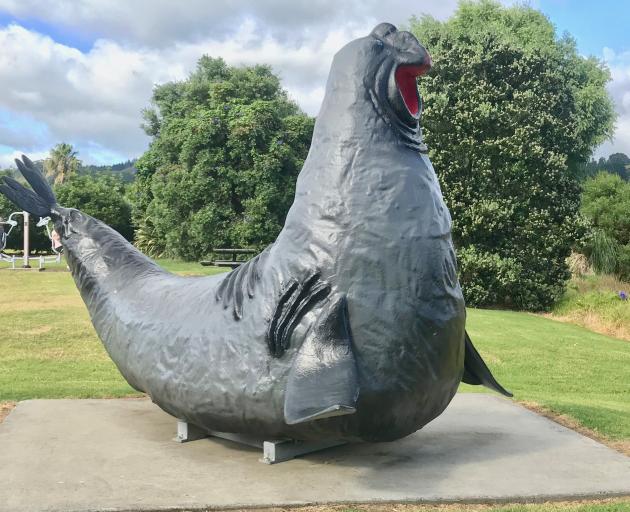
Gallagher’s life-sized fibreglass replica of Humphrey takes pride of place at a playground near the marina, a reminder of the size of Whangamata’s most impressive visitor.
As I did, he obviously responded to the Coromandel slogan, "Where Kiwis holiday".
Like Humphrey, I plan to return, but not to sleep in a drain.


